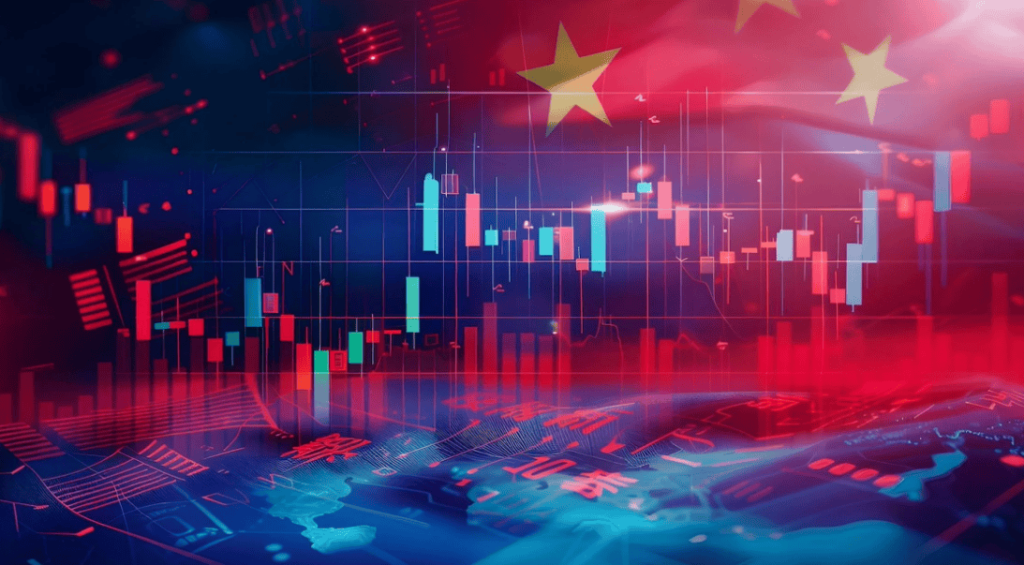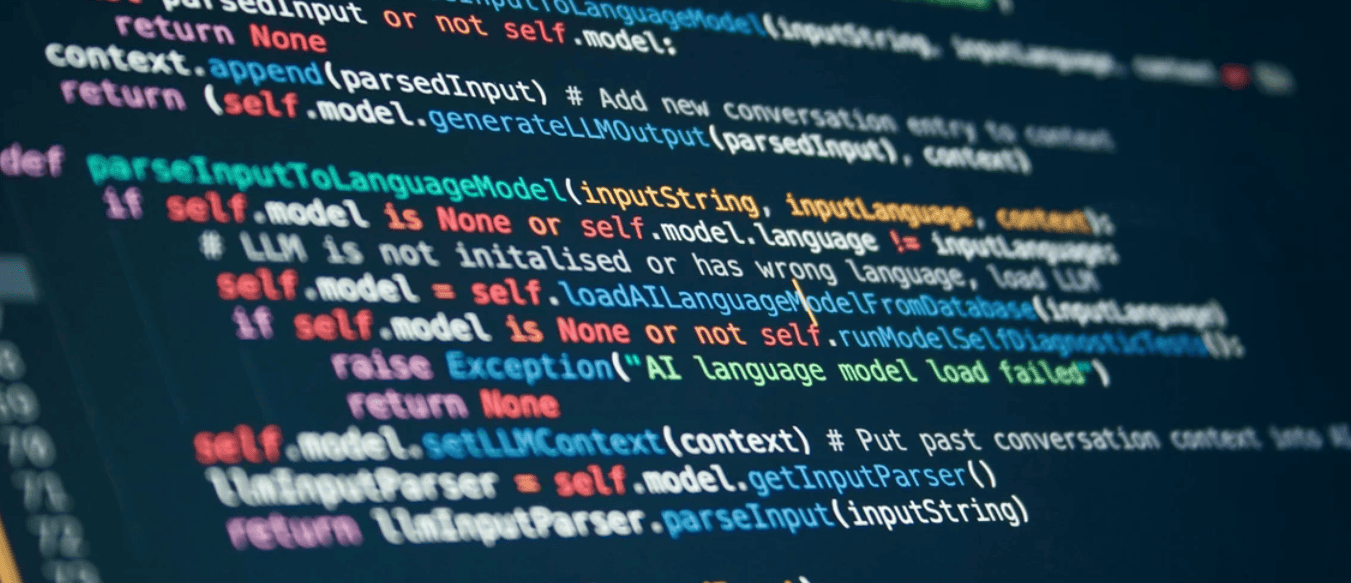A recent sustained growth deceleration in China raises the question of whether the country has fallen into a ‘middle-income trap’. This column argues that China cannot continute to rely on capital accumulation for sustaining growth, while the country’s ongoing demographic transition also implies that there are limits to a continued positive contribution of labour to growth, leaving technological innovation as the credible future growth motor for China. The fear of a ‘trap’ could lead to more effective policies, recognising that capital and labour accumulation has reached a ‘decreasing returns to scale’ state, but it could also lead to a further ‘doubling down’ on factor accumulation.
The spectacular economic rise of the People’s Republic of China (PRC) since the 1990s is the most important structural change in the world economy since the collapse of the Soviet Union. However, a recent sustained growth deceleration in that country raises the question if a so-called ‘middle-income trap’ is happening in China. The answer to this peculiarly understudied matter has crucial implications for the global economy, and the Third Plenum of the Chinese Communist Party’s (CCP) Central Committee – so-called because it is the third session of the committee’s five-year term – on 15-18 July 2024 may provide some more clarity on it.
A middle-income trap describes countries that suffer from a sharp and sustained fall in economic growth after reaching ‘middle-income level’, preventing them from moving up the ladder to a higher income level (the seminal paper in this literature is Gill and Kharas 2007). 1 Several studies conclude that at the core of such middle-income slowdowns is stagnating productivity growth. In development economics, ‘traps’ are understood as a persistent and stable state of low growth, typically associated with structural features of an economy. Escaping from the ‘trap’ requires a policy shock or structural change (in an EU membership context, EU entry can also be seen as a strategy to exit such a ‘trap’; see Vinhas de Souza 2024, and Vinhas de Souza et al. 2018). 2 Having said that, there are also works that question the existence of a ‘trap’ altogether –for instance, when one takes into account longer timespans (e.g. Larson et al. 2016, Im and Rosenblatt 2014, Bulman et al. 2014).
Growth accounting exercises aim to assess the relative contribution of labour, capital, and technology (commonly referred to as total factor productivity, or TFP) – in economic lingo called ‘factors of production’ – to the economic growth of a country (following Solow, 1956), and they are a usual tool to evaluate (a) if a ‘trap’ exists, and (b) what drives it.
Before attempting to do any such estimate for China, an important point to be addressed is the reliability of Chinese data. Notably, data concerning stocks of capital and labour are necessary to perform the growth accounting exercises, but the available series of those are simply not consistent with Chinese headline GDP figures: therefore, an ‘adjusted’ GDP series has to be produced which is consistent with its underlying components (see Figure 1; for a comprehensive description of the construction of such ‘adjusted’ GDP series, and more broadly, about questions related to Chinese macro data, see Wu 2014).
Figure 1 China’s long term real GDP growth rate, 1953-2023


Source: The Conference Board.
Digging deeper into China’s long-term growth dynamics depicted in Figure 1, an immediately apparent feature is its volatility, especially in the pre-1990 period: the standard deviation of growth rates pre-2000 is 8, a value that falls by two thirds to 2.7 for the post-2000 sample. This happens because the PRC was buffeted by a long series of large (mostly) domestic political and policy shocks during this period: from the end of China’s involvement in the Korean War in 1953 to the extreme violence and instability of the Great Leap Forward, the forced industrialisation and collectivisation period from 1958 to 1961, a brief war with India in 1962 (and ongoing border disputes), the political terror, mass purges and killings during the 1966-1976 Cultural Revolution (not to mention the PRC’s parallel prolonged shadow involvement in the Vietnam War and its own invasion of Vietnam in 1979), to the massacres and political prosecutions associated with the 1989 Tiananmen Square protests, to a period of greater stability, economic liberalisation and international integration policies that lasted from the 1990s until the ongoing progressive reassertion of centralised, authoritarian government policies, and renewed confrontational stances towards external partners since Xi Jinping’s rise to power in 2012. This later period is associated with the current growth slowdown.
It is important to stress that the volatility of the ‘adjusted’ series is not particularly different from the ‘non-adjusted’ one (in both, pre-2000 data are similarly much more volatile than the one after that year), but levels are: not only are the average levels of GDP growth noticeably lower with the adjusted series (5.6% per annum, as opposed to 8.1%), but a level difference pre- and post-2000 is noticeable (namely, it hardly exists for the non-adjusted series, while for the adjusted series average growth is almost 2 percentage points per annum higher after 2000).
When one performs a growth accounting exercise for China using the ‘adjusted’ GDP series, the most striking feature of the resulting estimates is the overwhelming importance of capital accumulation for growth: namely, more than 81% of the total Chinese growth between 1953 and 2023 comes from capital deepening, over 20% from labour, while TFP is, on average, negative, at almost -2% (see Figure 2).
Figure 2 A growth decomposition exercise for China, 1953-2024


Source: Estimation by the author, based on Conference Board data.
Note: 2024 values are estimates.
China’s overreliance on investment for sustaining growth, with over 40% of GDP invested annually – still below a savings rate of almost 50% of GDP – is widely known: from less than 60% in 1950s, investment was responsible for over 100% of growth in the 2010s (see Table 1). Therefore, further reliance on capital accumulation (investment) for growth will likely lead to negative results. China’s ongoing demographic transition (its total and working age populations are now shrinking) also implies that there are limits to a continued positive contribution of labour to growth.
Table 1 Average growth decomposition for China per decade, 1953-2024


Source: Estimation by the author, based on Conference Board data.
Note: 2024 values are estimates.
We are therefore left with TFP (again, technological innovation) as the credible future growth motor for China. While overall TFP contribution to growth in China has been historically disappointing, given its sharply increased investment in R&D there should be a potential for growth acceleration from it. This said, a more closed and internationally isolated Chinese economy – a process driven by Chinese policy actions, and by progressively more assertive (counter) measures by the US and its allies, from the EU to Japan and Korea – with R&D investment increasingly directed to security and defence-related activities could see limited growth-enhancing effects from innovation.
So, in the end, does this means that China is in a ‘middle-income trap’? Well, it depends (a classic economist reply). TFP as a variable reflects policy choices: while, on one hand, the fear of a ‘trap’ could lead to more effective policies, recognising that capital and labour accumulation has reached a ‘decreasing returns to scale’ state and concentration on growth-enhancing innovation is the way forward (as proposed in World Bank 2013), 3 on the other hand it can also lead to a further ‘doubling down’ on factor accumulation (as demonstrated by China’s continued overreliance on investment). The final answer to this question will have truly historical results.
Source : VOXeu



































































